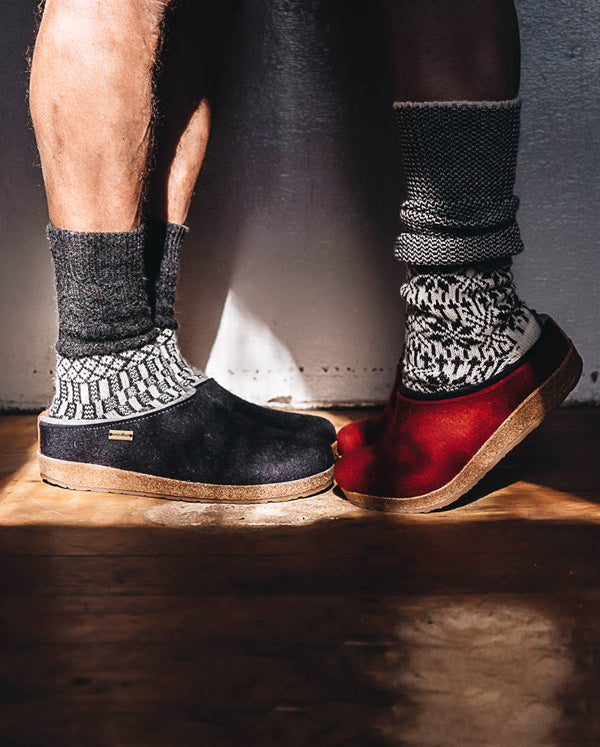Your Cart is Empty
Spring has Sprung🌱NEW Summer Socks 🧦 Shop Cosilana organic basics🐑 1st drop Spring reNEWool just in ♻️
A Note to Our U.S. Customers ❤️ FREE shipping Australia wide on orders over $200* Sign up to our Newsletter here
Menu
-
- NEW IN
- Baby/Kids
- Adults
- Wool Care
- Nappies
- reNEWool ♻️
- Brands
- Disana
- Engel
- Nature Baby
- As We Grow
- Kleine Schobbejak
- Bergstein Footwear
- Fairechild Rain Gear
- De Colores
- FUB Merino Knitwear
- Haflinger Slippers
- minimalisma
- Pickapooh
- my alpaca Copenhagen
- Padraig Cottage
- Cosilana
- Hirsch Natur Socks
- Lana Bambini Socks
- UMIFORM
- Kaiser Baby
- Ruskovilla
- Cobbled Together
- Woollykins
- The Laundress Wool Care
- Redecker Cedar Wood Wool Care
- Pure Pure Sun Hats
- Fog Linen Work
- Collégien
- Fibre
- SALE
-
- 0456 389 641
- Login
-
Australia (AUD $)
Spring has Sprung🌱NEW Summer Socks 🧦 Shop Cosilana organic basics🐑 1st drop Spring reNEWool just in ♻️
A Note to Our U.S. Customers ❤️ FREE shipping Australia wide on orders over $200* Sign up to our Newsletter here
Baby/Kids
Adults
Wool Care
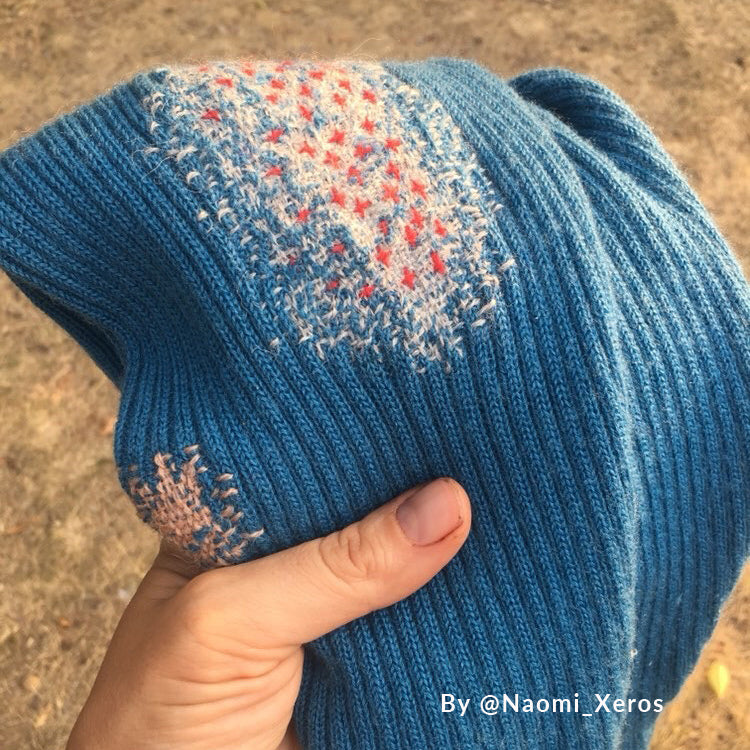
Loved clothes last. We want to help you get the best from your Woollykins for years to come.
Nappies
We love Disana's cloth nappy system. 100% organic and plastic-free for natural, toxic-free nappying. We used the Disana system for all three of our babies.
We love Disana's cloth nappy system. 100% organic and plastic-free for natural, toxic-free nappying. We used the Disana system for all three of our babies.
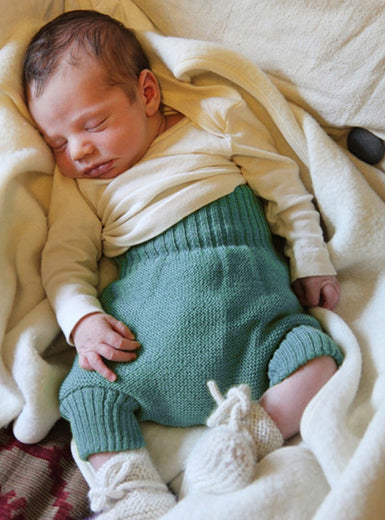
Why we Started reNEWool - our Circular Fashion Initiative
March 26, 2025 4 min read

Did you know that in the past, excess wool from textile mills was given or sold to local farmers for compost because it’s rich in nitrogen? Wool was once an essential part of a natural, circular system. Unfortunately, today most textile waste is contaminated with microplastics and toxic dyes, making responsible wool recycling more important than ever.
At Woollykins, we go to great lengths to ensure that the overwhelming majority of our products are biodegradable at end-of-life. But before they reach that point, wool garments can - and should - live long, useful lives, sometimes even outlasting the wearer. With proper care, a well-made wool jumper will stand the test of time, which is why we make such a big song and dance about washing your garments correctly and mending them to extend their life.
What is Circular Fashion?
The term "circular fashion" is relatively new, but the concept is not. At its core, it’s about making the best possible use of existing resources in the fashion industry—not only to reduce waste during production but also to encourage more mindful consumption. It asks us to consider the full lifecycle of a garment and to buy less, but better.
For centuries, this was simply the way things were done. Clothing was expensive, time-consuming to make, and carried immense social value. People knew exactly what their clothes were made from and understood the labour involved in growing and processing those raw materials. As a result, garments were cared for, mended and repurposed rather than discarded.
Shoddy: About the origins of Textile Recycling in 1800s Britain
A perfect example of this is the Shoddy industry of Yorkshire, which emerged in the early 19th century. Textile waste—worn-out wool garments, scraps, and rags—was collected, sorted, and processed into new yarn. This recycled wool, known as "shoddy", was blended with virgin wool to create a more affordable fabric. The entire system depended on waste having value, and the local "Rag and Bone Man" would pay for old clothing before selling it to textile mills for reprocessing. It was an early circular economy—one we would do well to learn from today. (I recently found out that my Great Uncle Bill was a Rag Man in Australia during the 1940s amongst other things like Wool Classer, Sock Maker and Sock Dyer!)

The recent resurgence of mending and slow fashion comes from a desire to conserve resources, protect the environment, and push back against the burden of textile waste. Movements like Fibershed (which began in California and has since grown globally) advocate for a return to regional, regenerative fiber systems—where textiles are produced, used, and recycled locally, reducing waste and strengthening communities.
The reNEWool initiative was born out of this same philosophy. Over the years, we noticed that wool clothing was rarely making it onto charity shop shelves. Many wool garments that weren’t in "as new" condition were simply discarded. Because wool is natural and full of nutrients, it’s particularly attractive to insects, which means second-hand wool pieces often need mending. Charity shops, already overwhelmed with the sheer volume of low quality fast fashion, don’t always have the time or resources to handle damaged wool clothing—so it gets thrown away.
Sorting Wool Clothing for Recycling. Stepping into the shoes of my Great Uncle Bill, a Rag Man.

For years, I’ve been collecting imperfect wool garments from charity shops, first using them for children’s toys, and later—as Woollykins grew—repurposing them into mending kits and salvaged fabric. Then I came across a couple of Woollykins garments among those discarded piles—shrunk or moth-eaten, but still valuable. That’s when we realised we needed to take further steps to keep our high-quality Woollykins garments in circulation.
Through reNEWool, we aim to give every wool garment the longest possible life—whether through providing appropriate Wool Care Laundry products, instructions on caring for wool, deterring clothes moths or through resale of preloved, mended, or repurposed garments —before safely returning it to the earth. Because true sustainability isn't just about how something is made; it’s about how we use and care for it long after the purchase.
Join the reNEWool program
Further reading

- Endocrine Disruptors in Synthetic Clothing: The Fibershed blog post "Who Grew Our Clothes?" explores how synthetic fabrics expose wearers to endocrine-disrupting chemicals that is seriously affecting our health. Fibershed
- Fibershed Movement: The book "Fibershed: Growing a Movement of Farmers, Fashion Activists, and Makers for a New Textile Economy" by Rebecca Burgess discusses sustainable textile production and its role in fostering local economies - It is so interesting and important! BUY Fibershedfrom Abundance Farman Australian Small Business with THE BEST book collection! https://www.abundancefarm.com.au/products/fibershed-rebecca-burgess
- History of Shoddy: Hanna Rose Shell's book "Shoddy: From Devil's Dust to the Renaissance of Rags" delves into the history and cultural significance of recycled textiles and is a totally fascinating read. BUY Shoddyfrom Booktopia here
- 'The Land of 'Dead White Man's Clothes' explores how the influx of low-quality, discarded garments is devastating Ghana's coastlines, economy, and cultural identity, shedding light on the broader implications of textile waste on indigenous communities globally. Read the article:https://fashiontalk.substack.com/p/the-land-of-dead-white-mans-clothes
These resources offer in-depth information on the environmental and social impacts of textile waste, the health implications of synthetic fabrics, and the historical and contemporary movements toward sustainable fashion.
Leave a comment
Comments will be approved before showing up.
Also in Blog

Love the Outdoors without the Forever Chemicals. PFAS Free Wet Weather Gear Safe for Babies and Kids
June 26, 2025 4 min read
We are so pleased to introduce BMS Hamburg to the Woollykins range. The BMS Mud Gear range is simply perfect for the Australian climate. These well designed shells are made from BMS’ very own SoftSkin® fabric that feels soft and supple whether over layers or against the skin. They are fully waterproof so you can protect your warm Woollykins and keep your child happy & dry when enjoying outdoors whatever the weather.
Find out more...

How to Naturally Dye Easter Eggs and Chocolate Free Easter Gift Ideas
April 15, 2025 2 min read
It’s so easy to make your own beautiful natural dyed eggs with prints from the garden and pantry. We do a new batch every year and between Easter's we keep them in a special box, packed away like precious baubles. It's such a joy getting them out each year for our Autumn table decoration and making a new set to add to the collection from whatever is in the garden that year. Here's how to make plant dyed eggs...

How to Dress your Child for the Snow Without the Plastics
June 19, 2023 3 min read
Skiiing with kids, mountain climbing or hiking the hills? Whatever family adventure you have planned be sure you’re well dressed with Woollykins! The best material for a child’s under layers is organic merino wool With GOTS certification, you can be sure that your child is wearing toxin-free fibres against their precious skin – our largest, most responsive organ. Read on for our top layering tips and shop our SNOW EDIT for all our favourite natural Ski essentials that won’t cost the planet.
Join us wool lovers
Subscribe to occasional updates with wool care tips, pre-orders and VIP access to sales. We promise to keep it useful :)
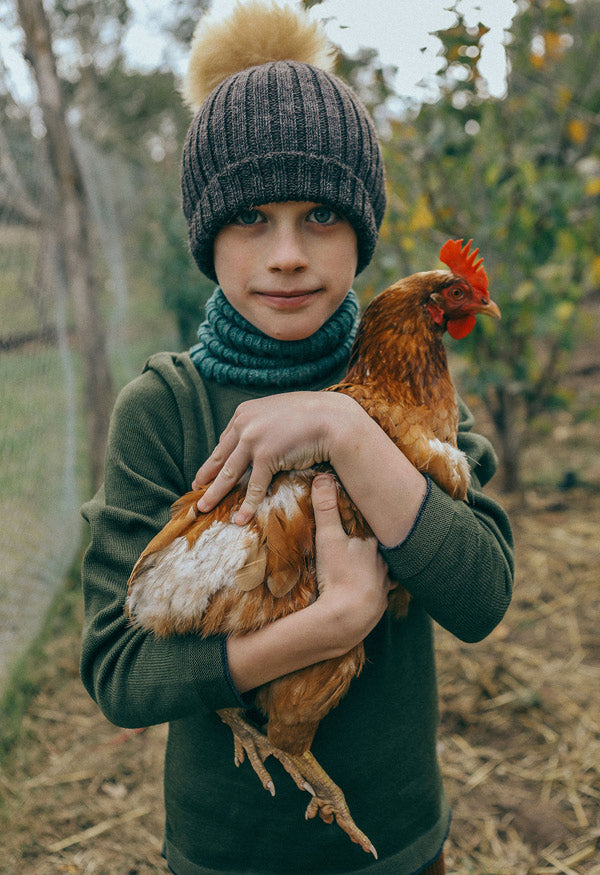
Join Us Wool Lovers!
Subscribe to our newsletter for early access to pre-orders and sales, wool care tips and new launches.
Our popular pieces come in and out regularly, use the Notify Me feature on Sold Out products to find out as soon as a piece is available again.

